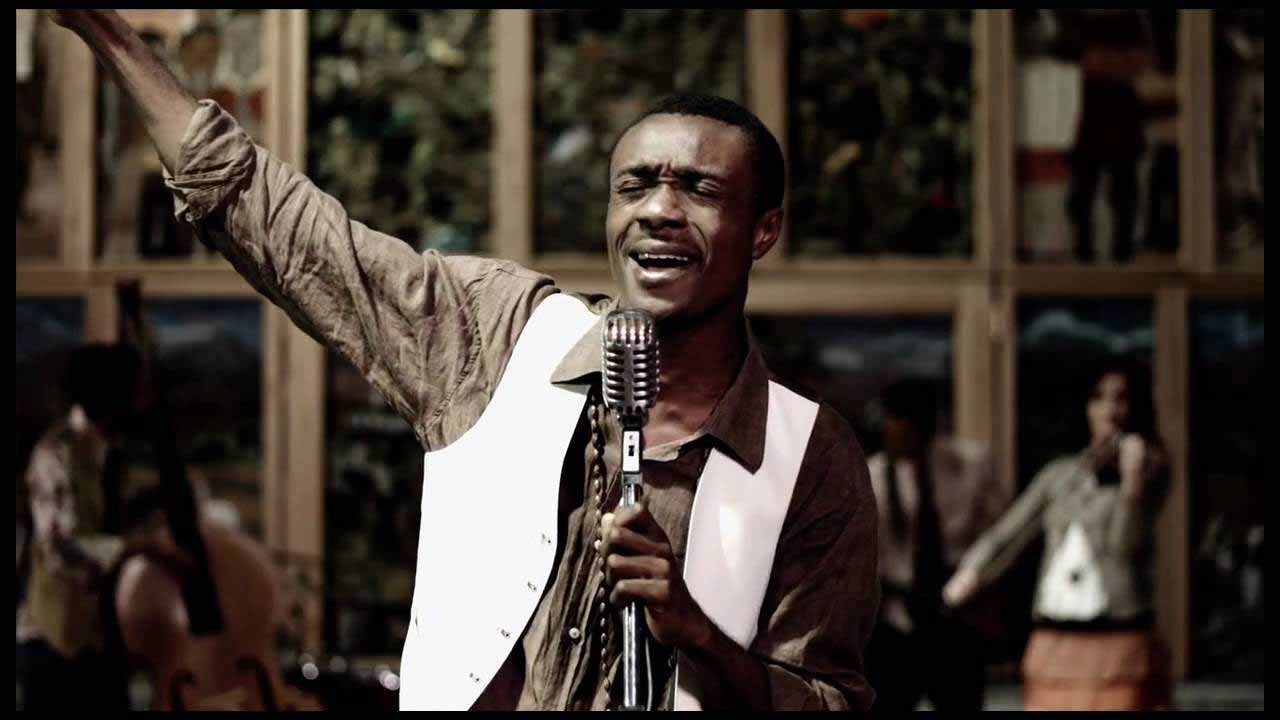
Hallelujah Challenge, the online platform promoted by Nathaniel Bassey to engage in an hour-long praise and worship session at midnight is undoubtedly a runaway success. Scheduled to last for one month – and now with three days to go – the platform has achieved all it set out to do, which is to gather as many people ‘together’ in one voice to sing praises to God.
The Challenge, which started with about 1,000 participants, later got as many 72,000 live worshippers (68,300 on Instagram, 9,000+ on Facebook) in less than 15 days. Though not reaching the online numbers projected by many, the Challenge consistently gathered over 50,000 on Instagram and far more on other social media platforms.
Its impact offline is unprecedented. Everywhere you go, and every conversation held somehow touched on the #HallelujahChallenge. And if you operate in church circles or work in marketing communication, then you cannot escape the buzz. By the time the dust settled, celebrities and social influencers saw in it a platform to engage while platforms from CNN to Church Culture – a faith-based PR agency – analysed its growth trajectory and amplified its core message.
At the end of 27 days, one thing is clear – the Challenge has not only held the attention of many people across the world, it has also succeeded in capturing the imagination of communication and public relations experts. A Twitter comment even went as far as suggesting that the lessons learnt from the exercise should be taught in schools.
I agree with him. Why, you’d ask? Because it contains a delicate mixture of all the elements of virality. Something many communications agency will kill to achieve. That’s why I believe it will be a worthwhile exercise to examine the factors that made #HallelujahChallenge a success, and I dare say, a cultural phenomenon.
How easy can it be?
The most complex ideas never really make the best campaign. On the contrary, it is the simple ones that cut it. The #HallelujahChallenge is as simple as they come. All you need to do to join tens of thousands of other fellow e-worshippers is to log on to Nathaniel Bassey’s social media page using a smartphone. It’s really that easy.
The timing couldn’t be more perfect
The promoters of the challenge, for spiritual reasons I suspect, chose midnight to start the praise and worship session daily. No idea could be more perfect – this is a time when every potential e-worshipper will have no excuse to join in. It’s more likely you are at home with family than at work or anywhere else. One other place you will likely be at this time is a church vigil – which would be a prime location to participate in a praise and worship session anyway. Any campaign will do much to consider the primacy of timing before setting out – anything short of this is a failed exercise in the making.
Remote participation
How many times have you been called to attend a church meeting, party, or anything, in so far a location that you wonder if the organizers are serious? For the Challenge, you don’t need to be at the Redemption Camp, neither do you need to take a trip to Canaan Land. This is one time that distance (or traffic) is not the problem. The only mileage you incur from joining in the session isn’t measured in kilometres but in kilobytes – okay, more like megabytes. So, once you have enough data on your phone, it’s imela!
The testimonies do work
From an average of 13,000 to 15,000 daily viewers on Instagram, participants spiked to 50,000 and more on the back of the buzz generated online and offline. After sampling a few people who devote time to join in on the Challenge every night, it became obvious that the ‘instant’ testimonies coming out of it turned out to be a strong attraction. Who doesn’t want to join in on a worship session, have an uplifting time singing praises to God while also coming out with a testimony? Not me. Examining this critically, it is obvious that the strategy to amplify testimonies from worshippers across the world worked like a charm.
Cool factor
Or how else did the Challenge get as many people to participate as they did? Would the sessions attract high profile celebrity participants like Funke Akindele, Rita Dominic, Don Jazzy, Chioma Akpotha, and the lot if it was not cool and fun to be part of? Probably not.
To make it easy for everyone who joined, the focus was on praise and worship with music as its driver, not prayer. Proof that music remains an effective vehicle for target audience engagement. This is considering that Nathaniel Bassey had a month earlier convened a ‘Tongue Challenge’ which barely failed to gain traction. But with the #HallelujahChallenge, people from diverse backgrounds found a platform to join other cool, trendy, young people in praising God with music from the comfort of their homes – how cool is that?
Conclusion
The Challenge has broken boundaries of engagement and I expect that professionals working in marketing campaign will be studying all aspects to learn and draw ideas from. One key takeaway is that brands need to take the church audience more serious because of its sheer numbers – over 85 million Nigeria profess to be a member of one church denomination or the other – with a considerably high percentage of them being young, upwardly mobile, and digitally expressive.
As professionals, we need to do more work in dissecting the key learnings from the phenomenal success of the #HallelujahChallenge with a view to adopting them for effective audience engagement. Whether we achieve success with this remains a matter of conjecture, but the same cannot be said of Nathaniel Bassey’s virtual praise and worship exercise – what a resounding viral success it has been.






